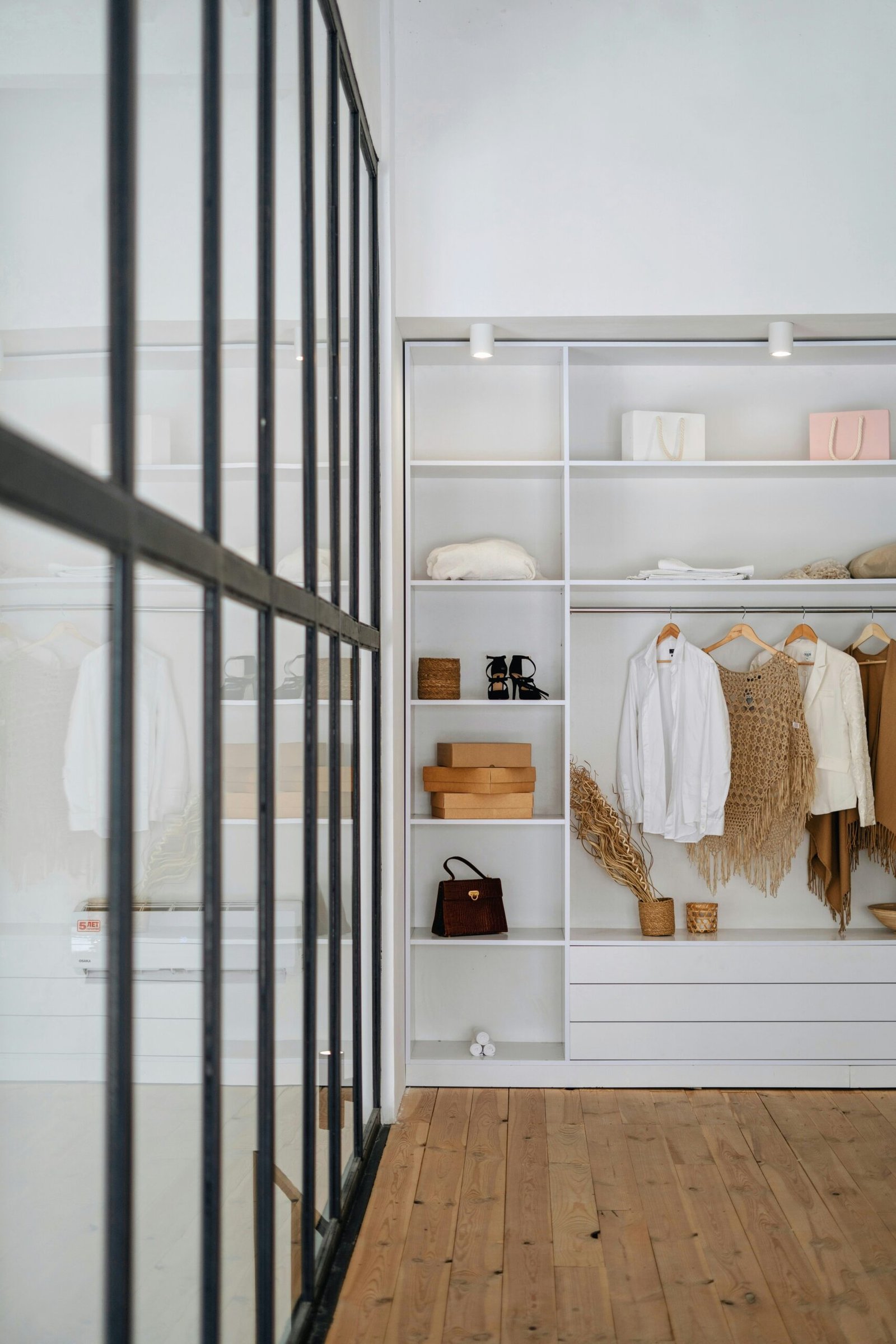Understanding Your Personal Style
Identifying your personal style is an essential step in creating a wardrobe that truly reflects who you are. Your fashion aesthetics encompass your individuality, sense of confidence, and comfort, each of which plays a significant role in wardrobe selection. Begin by assessing your current wardrobe: take stock of the pieces you wear most often and those that make you feel good. This evaluation can highlight styles, colors, and fabrics that resonate with you, serving as a foundation for future purchases.
Consider the various aspects of your lifestyle, as they influence the types of clothing you require. For example, if your daily routine involves a corporate environment, you may prioritize professional attire, such as tailored blazers and dress pants. Conversely, if your lifestyle leans towards casual or creative pursuits, you might prefer relaxed-fitting garments like jeans and comfortable tops. Understanding the context in which you dress allows you to curate a selection that meets your specific needs.
Another critical factor in understanding your personal style is your body type. Acknowledging your shape will help you choose silhouettes that enhance your figure and promote comfort. For instance, pear-shaped individuals may find that A-line skirts and fitted tops create a balanced look, while athletic figures might favor wrap dresses that add shape. It is imperative to focus on what feels right for your body rather than conforming to trends that do not suit you.
Inspiration can be harnessed from fashion icons, social media platforms, and magazines. These resources can provide a diverse array of styles and ideas to explore as you define your aesthetic. By observing others, you can identify elements that resonate with you personally. Remember, defining your style is a journey that should evolve over time, allowing for experimentation and growth.
Creating a Capsule Wardrobe
A capsule wardrobe is a curated collection of clothing that consists of a limited selection of versatile pieces designed to be mixed and matched for various occasions. The primary goal of this type of wardrobe is to simplify your dressing routine while ensuring a stylish appearance. By investing in a capsule wardrobe, individuals can experience several advantages, including reduced decision fatigue and an increase in outfit combinations. When well-executed, a capsule wardrobe offers a streamlined approach to fashion that aligns with contemporary lifestyles.
Key items to consider when building a capsule wardrobe include timeless basics, thoughtfully chosen statement pieces, and adaptable seasonal items. Basics should form the foundation of your wardrobe, encompassing essential items such as well-fitted jeans, classic white shirts, and neutral-colored tops. These pieces are versatile and can be dressed up or down to suit various occasions. Statement pieces, such as a bold jacket, a striking dress, or unique accessories, can elevate any outfit, adding personality without overwhelming the overall look. Seasonal items, including cardigans, lightweight jackets, or breathable fabrics for summer, should also be taken into account, ensuring the wardrobe remains functional and relevant throughout the year.
To remain within budget while selecting these items, it is essential to prioritize quality over quantity. Look for versatile pieces that offer durability and can withstand frequent wear. Thrift stores, online consignment shops, and outlet sales are excellent resources for finding high-quality clothing at reduced prices. Additionally, decluttering an existing wardrobe can create space for these new essential items. Remove pieces that are damaged, rarely worn, or no longer align with your style. This not only makes your wardrobe more manageable but also allows you to make more informed decisions when acquiring new items that complement your capsule wardrobe.
Finding Budget-Friendly Clothing Options
Building a stylish wardrobe on a budget requires strategic planning and resourcefulness. One effective approach is to explore various sources for budget-friendly clothing options. Thrift stores are a treasure trove of unique pieces, often at a fraction of the original price. Shoppers can find high-quality, gently-used clothing that not only suits their personal style but is also environmentally friendly. Additionally, local consignment shops offer opportunities to purchase second-hand apparel that has been vetted for quality.
Another great option is to scour clearance racks in retail stores. Many retailers designate specific areas for discounted items that can be significantly marked down, particularly at the end of seasons. It is imperative for shoppers to develop an eye for quality by inspecting items carefully and ensuring that the fit is right. Online marketplaces also provide a plethora of options, offering both new and used clothing at competitive prices. Websites and apps dedicated to reselling fashion items can yield many budget-friendly finds for those willing to explore.
Timing can be crucial when searching for affordable clothing. Sales events such as Black Friday, Cyber Monday, or holiday clearances often provide opportunities to snag quality items at reduced prices. Utilizing discount codes found through newsletters or coupon sites can further decrease expenses. Shopping off-season is also a sensible strategy; purchasing winter garments during summer clearance can lead to considerable savings.
To maintain financial discipline, it is advisable for shoppers to set a specific budget for clothing expenditures and track their purchases meticulously. By doing so, they can make informed decisions while avoiding impulse buys. Lastly, prioritizing style and sustainability ensures that one’s wardrobe remains not only fashionable but also environmentally conscious, allowing for a perfect closet that reflects both aesthetics and ethics.
Caring for Your Wardrobe and Making It Last
Maintaining a wardrobe, particularly one built on a budget, requires conscious effort and knowledge of garment care practices. The longevity and durability of your clothing rely heavily on how you treat and handle each piece. Proper washing techniques are pivotal; always check garment labels for specific instructions, choosing the appropriate water temperature and cycle settings to prevent damage. For instance, wash delicate fabrics in cold water on a gentle cycle to avoid fading and shrinking.
Drying is another significant aspect of garment maintenance. Air drying is often preferable, as it reduces the risk of clothing losing shape or elasticity. When using a dryer, select low heat settings and consider placing a dryer sheet to minimize static cling. Avoid oversaturating your machine, as overcrowding may lead to ineffective drying and wrinkling. When storing your clothes, ensure they are clean and completely dry. Use breathable storage solutions like cotton garment bags or breathable bins to allow air circulation and prevent moisture buildup, reducing the risk of mold development.
Handling minor repairs promptly is crucial for elongating a garment’s life. Invest in basic sewing supplies such as needles, thread, and scissors to manage loose hems, missing buttons, or small tears. Addressing such issues immediately will prevent them from escalating into more costly repairs or the need for replacements. Furthermore, understanding methods to combat common problems such as pilling, fading, and stretching can significantly enhance your wardrobe’s sustainability. Regularly use a fabric shaver to remove pilling and consider rotating items to minimize wear on favored pieces. By implementing these garment care practices, you not only extend the life of your clothing but also reinforce responsible consumerism, ultimately saving money in the long run.


